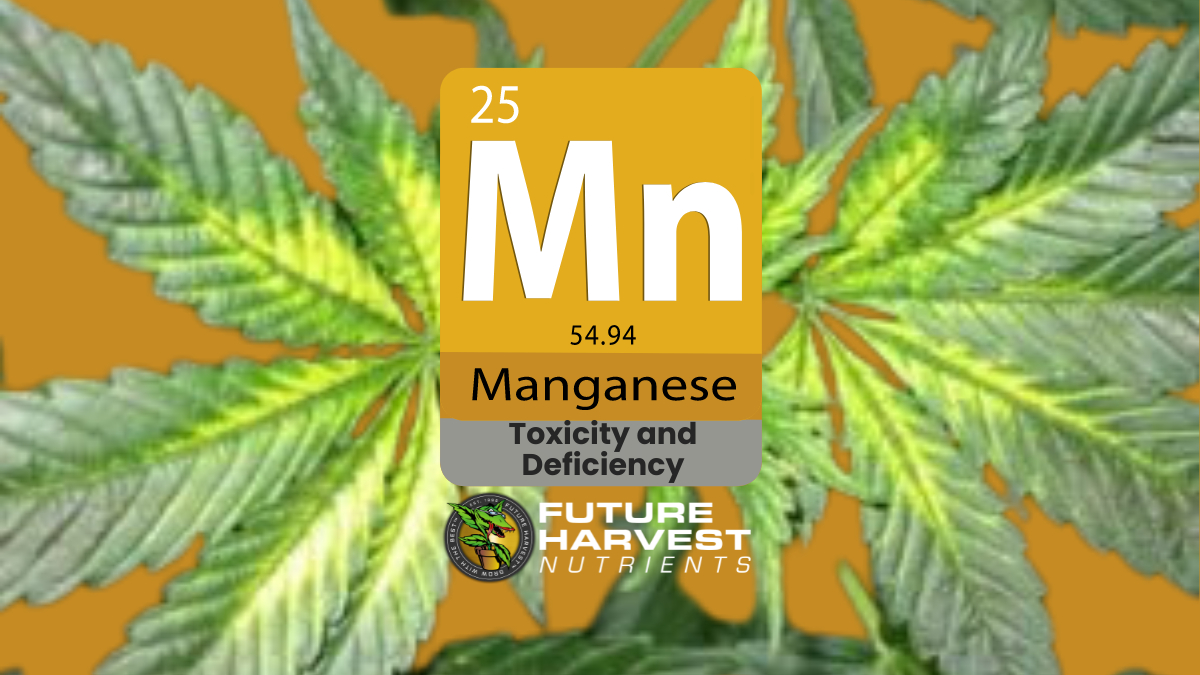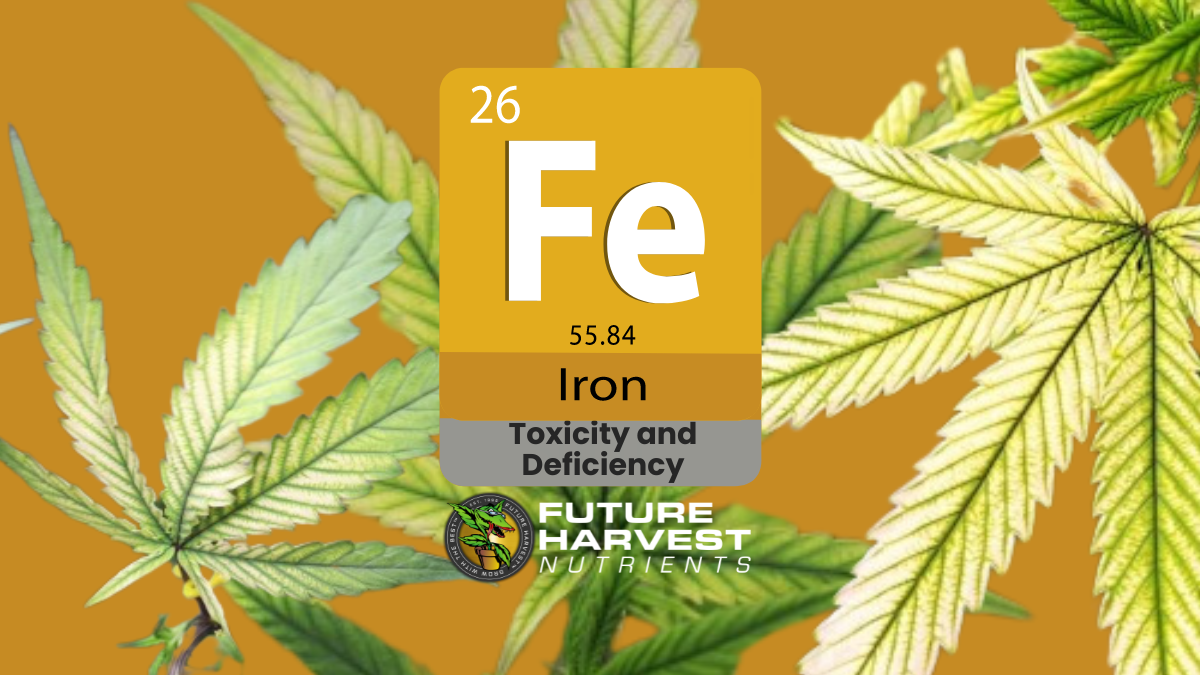Plant Nutrients Which are Beneficial But Not Essential

In previous posts we touched on the 15 essential plant nutrients (3 from the air and water, 3 macro, 3 secondary, and 6 micronutrients). These elements are absolutely necessary for the plant in order to complete its life cycle, while less than adequate amounts will impact growth and yield. There are several elements which enhance growth but the plant can do fine without. There are also few others which maybe essential but the evidence is lacking to definitively say for sure that is the case.
Silicon
The usage of silicon varies widely among different species. Horsetails which are primitive plant distantly related to ferns which have an essential requirement for it. Of more common plants rice incorporates the largest amounts into its structures.
The plant will absorb silicon and deposits it in between cell walls as well as in trichomes on the surfaces of leaves and stems. When deposited it acts much like microscopic shards of glass, these protect plants against insects and fungi by cutting the attacker. This barrier also offers protection against drought and frost.
While potentially very useful to plants and extremely plentiful in the environment, it has a very significant downside. Most silicon compounds are extremely insoluble, the most common exceptions being Sodium and Potassium Silicates. This extremely limits the amount of silicon that is available to plants simply because it can not be absorbed.

Chlorine
Where to classify chlorine is up for debate. Some scientists will classify it as essential where others will put it in the non essential but beneficial category. The confusion stems from the fact that chloride is so abundant and so soluble that designing an experiment that provides an environment that is completely free of it is extremely difficult. Personally I feel that it is essential, but until there is scientific consensus I will keep it in the beneficial category.
As a for its functions, it works in conjunction with Potassium to regulate water pressures inside of the plant. It is also a component of some secondary metabolites such as chloroindole acetic acid, an auxin class growth regulator.
Because it's so common and readily available toxicities are a concern, and using fertilizers such as potassium and calcium chloride will risk a build up of chloride in the soil. Different species are more sensitive than others to a chlorine toxicity.
Sodium
Like chlorine, sodium is very soluble and abundant in nature and so will be readily absorbed by the plant. It's not usable by the plant in normal circumstances but in the case that there's a potassium deficiency sodium may be substituted because of similar chemical properties between them. This is far from ideal and will put a lot of stress on the plant.
Sodium is most commonly associated with sodium chloride, which is table salt. High sodium is dangerous as it increases soil salinity which prevents water from being absorbed by the roots.
Cobalt
It is considered to be an essential nutrient in legumes. Rhizobium bacteria colonize the roots and provide nitrogen to the plant. These bacteria are anaerobes meaning that they don't survive in oxygen and so the plant provides a chemical leghemoglobin which scavenges all the oxygen. Cobalt is the base for the leghemoglobin molecule.
The other metabolic roles that cobalt is involved in are poorly understood but probably as a component of some enzymes and coenzymes. It appears that it's involved in slowing leaf senescence (dropping of the leaves), blocking ethylene production (a hormone involved in ripening), increases drought resistance in seeds, and is involved in the regulation of alkaloid production.
*Did you know?*
Vitamin B12 (cobalamin) is essential for animals and contains cobalt as its base. It is only synthesized by bacteria and so there isn't a plant based source. Grazing animals absorb it from bacteria living in their digestive tracts. Humans typically get sufficient B12 from animal sources but deficiencies can be a concern among vegans.

Nickel
Like a few others on this list it is debatable whether nickel should be classified as essential or beneficial, but again there isn't consensus so for the purposes of this blog will be classed as beneficial.
Nickel is a coenzyme in urease, an enzyme which breaks down urea. Urea levels which are too high are potentially toxic and so this enzyme will offer protection.
Vanadium
It's unclear if vanadium has any benefit in itself, there is a requirement for some algae and so it was suggested that it must be required for plants as well. There may be evidence to suggest it may be able to substitute for molybdenum as a coenzyme in some reactions.
The only thing that is clear is that it can seriously impede growth at all but trace amounts.
Selenium
Very similar in chemical nature to sulfur and will absorb in the same manner, however once inside of the plant how it is metabolized is a mystery. There is evidence to suggest that it can relieve stress due to drought and ultraviolet light. In addition it will slow senescence and promote growth in aging seedlings.
Another element which has a fine line between the concentration being beneficial and being toxic.
*Did you know?*
While many of the elements on this list may or may not benefit plants, several are essential to humans and animals in trace amounts. Soils can be "fertilized" with these nutrients and the crops grown with them will have higher levels than they normally would, which then enhance human and animal health. This is a type of biofortification, along with the nutrient enrichment of foods through plant breeding.

Titanium
It has been shown to increase the activity of enzymes, increase nutrient uptake and chlorophyll production. Here again, while initial testing looks promising there isn't enough information to determine dosages, ideal salt forms, and the effects on different species.
Others
Silver, cerium, chromium, aluminum, iodine, lanthanum, rubidium, tin, tungsten, and lithium might have roles to plant in plant nutrition but more experimentation will have to be done in order to determine one way or another. Iodine is interesting because early last century it was regarded as essential but over time its been downgraded.
While it's interesting to speculate on the benefits of using these as fertilizers might be, caution is recommended when doing any kind of experimentation. The threshold of many of these elements can be very small between beneficial and toxic, and without proper training and equipment there is a significant risk of doing more harm than good. This not only to plant health but possibly also human and animal well being. Their overuse could also damage long term soil health.
In addition most of these are present in the environment at trace amounts, and so chances are most plants are already receiving them. The exception to a cautious approach is silicon, as plants can incorporate fairly high amounts into their tissues, toxicity is low, and it quickly becomes insoluble rendering it inert.
Leave A Reply
Your email address will not be published. Required fields are marked *


